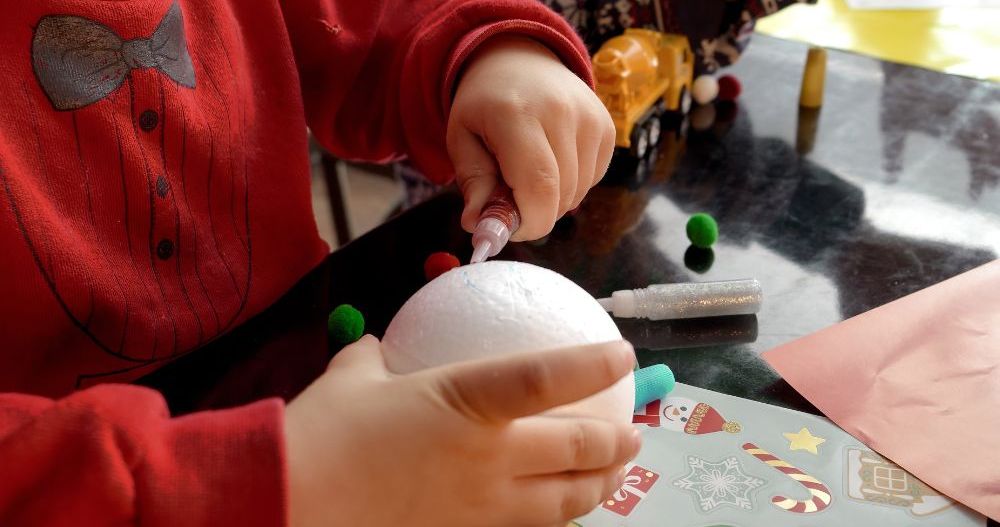min read
min read
min read
min read
Something all parents can relate to is disrupted sleep. Every child goes through various stages of sleep regression in their early years for any number of reasons such as developmental changes, changes in their environment or home life, or if they are feeling unwell. The prospect of a disrupted night’s sleep due to any of these factors can make bedtime seem like a daunting task.
However, developing a positive bedtime routine can not only create an enjoyable experience for you and your child, but can also lay the foundations for a better night's sleep (for both of you!).
When it comes to night-time routines, here are our top five tips to help your child settle to sleep:
An easy change in your child’s bedtime routine is creating soft lighting in their bedroom. Dimming the lights up to an hour before bedtime and ensuring there is only low lighting when putting them to bed could help your child settle to sleep. Children’s body clocks are sensitive to light exposure, so minimal lights such as a dim lamp or small night light can help your child’s body adjust to the bedtime routine. Why not try choosing one together, so your child has a sense of control over the dark?
Tip! If your child is struggling with the darkness when going to bed, encourage them to close their eyes and count to 10. When they open them, talk about what they can see in their room. Having had their eyes closed, it won’t seem so dark or scary after all!
There are many benefits to reading before bed with your child. Sharing stories together is a wonderful way to support your child with any emotions they may be feeling, while spending quality time together and winding down for bed.
Connecting to characters who are experiencing similar emotions helps your child to make sense of how they are feeling, or to learn and develop both their language and imagination.
Tip! For children who are reluctant to settle to sleep on their own or in the dark, we recommend the following stories:
Something you do without realising but is a great part of any bedtime routine is simply talking with your child. Chatting with your child about their day, or what’s on their mind can help them to process the world around them and understand any experiences or changes they might be going through. By letting them talk it out, it’s less likely to interrupt their sleep. Conversations about thoughts and feelings can be supported by the stories you’re reading together as part of their night-time routine.
Tip! Labelling your child's emotions, for example 'worried', 'scared' or 'anxious' also allows them to understand how they are feeling. Reassure them that many people often feel the same way, and that you are here to help them feel better. Give them a choice between two things to help, for instance, "would you like me to sing you a funny song or give teddy a big cuddle?"
If your child gets anxious or restless at bedtime, it may be a good idea to lay down with them and practice some relaxing breathing techniques together. Quiet time before bed should help your child settle to sleep. Encourage them to take deep calming breaths along with you, breathing in through the nose and out through the mouth. A good way of getting your child to do this is to tell them they are breathing in magic through their nose, and fairy dust out through their mouth!
Tip! Another approach to try and get your child to relax as part of the bedtime routine is getting them to tense and then relax their muscles. Start with their toes and get them to tense them up and then relax them, then move onto their calves and work your way all the way up to their nose!
Something which is often encouraged in babies and younger children is sleep aids, such as white or pink noise, or red night lights. However, there is no recommended age when you should stop using sleep aids such as noise or light to encourage a restful night’s sleep. Red light can help to stimulate the production of the melatonin hormone, which encourages sleep. White noise comes in a variety of forms, many people find the sound of the ocean or rain falling to be a relaxing sleep aid.
Tip! Struggling with toddlers who are resisting bedtime? Why not try a children’s alarm clock? This can help your child to understand that when it gets to a certain number or time, it’s time to settle to sleep.
By applying even just a couple of our tips to your child’s bedtime routine, we hope that you get a restful night’s sleep. It’s important to remember that each child develops at a different pace, so what works for one person may not work for another, so do what works for you and your child.
If you’re an existing Busy Bees parent, don’t forget to check out UP at Busy Bees – Unleashing Potential for more sleep tips and advice.
by
Published: 20/01/2022
Share Blog

by Busy Bees 01/12/2025
5 min read

by Busy Bees 01/12/2025
5 min read

by Busy Bees 27/11/2025
6 min read

by Busy Bees 25/11/2025
7 min read

by Busy Bees 19/11/2025
6 min read